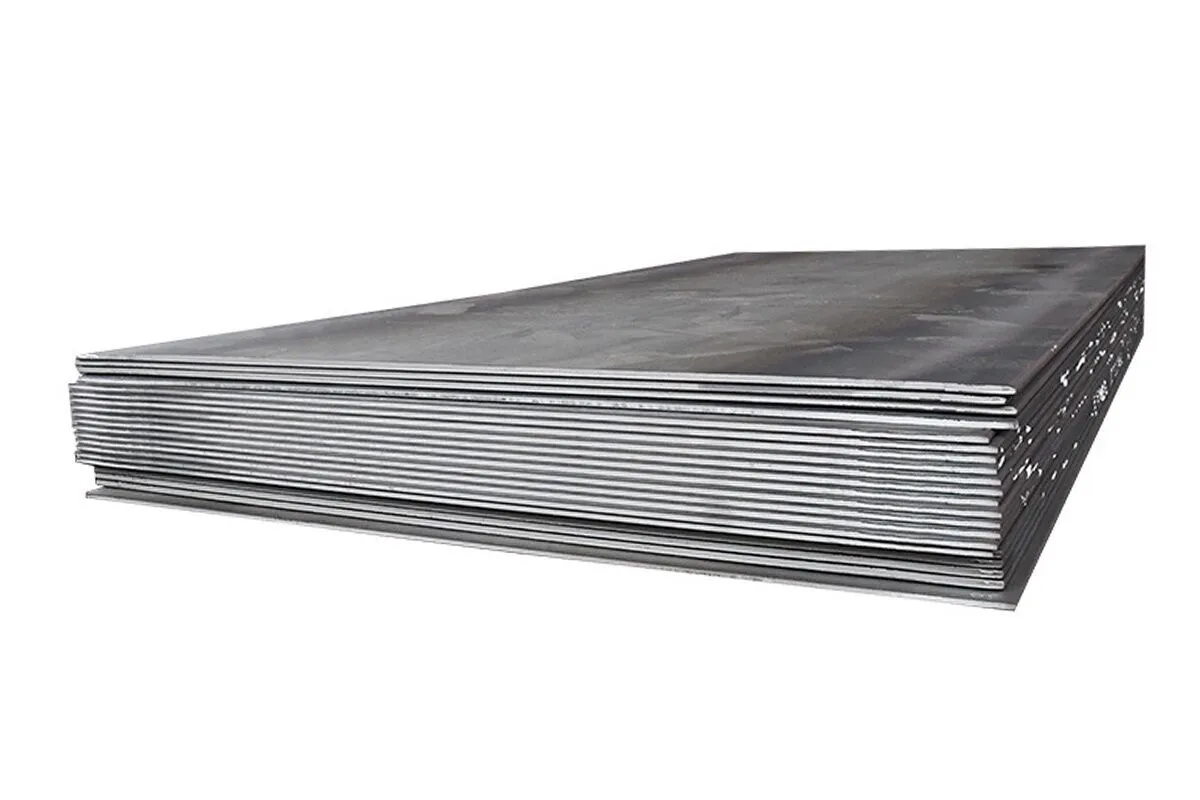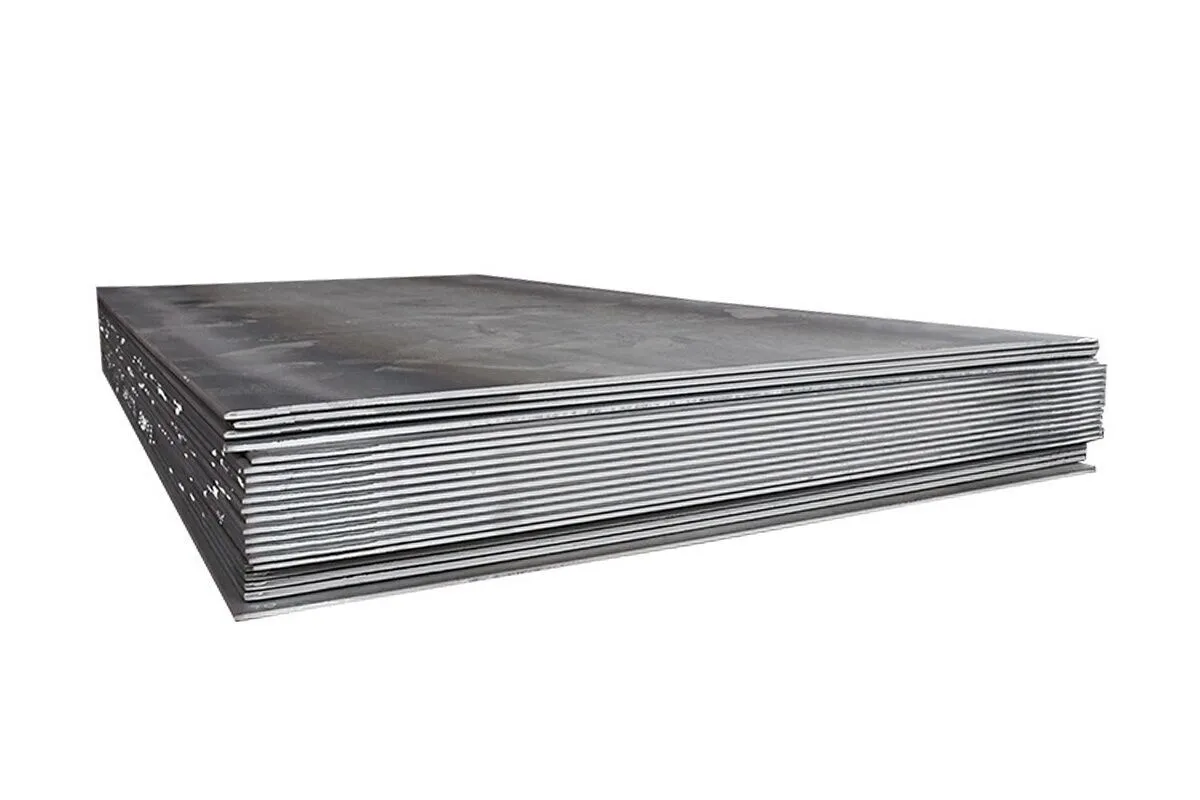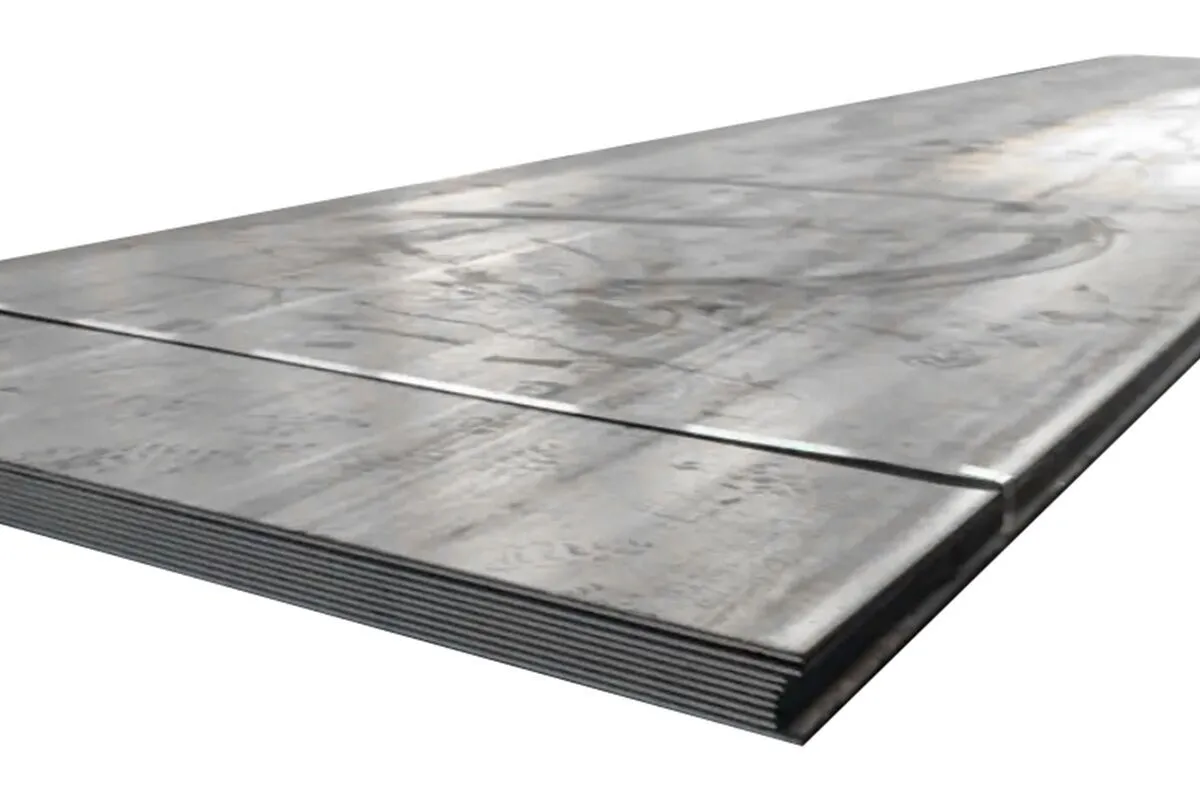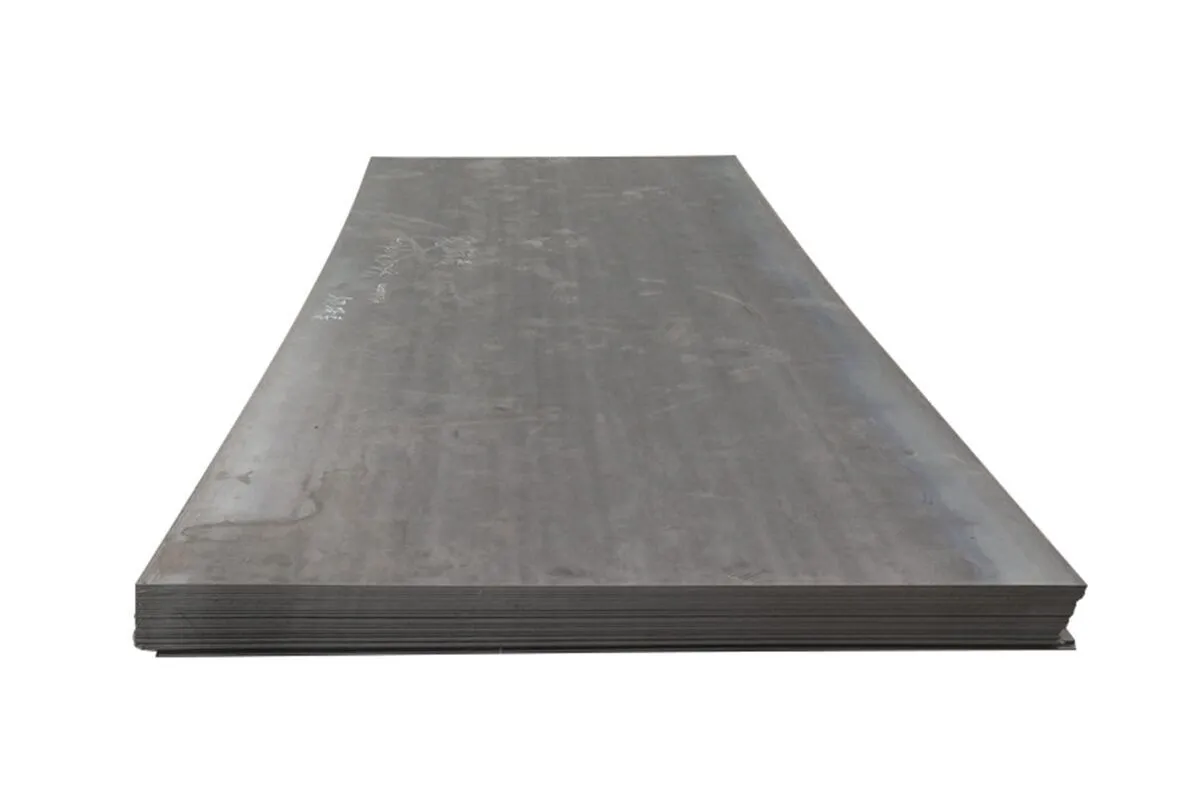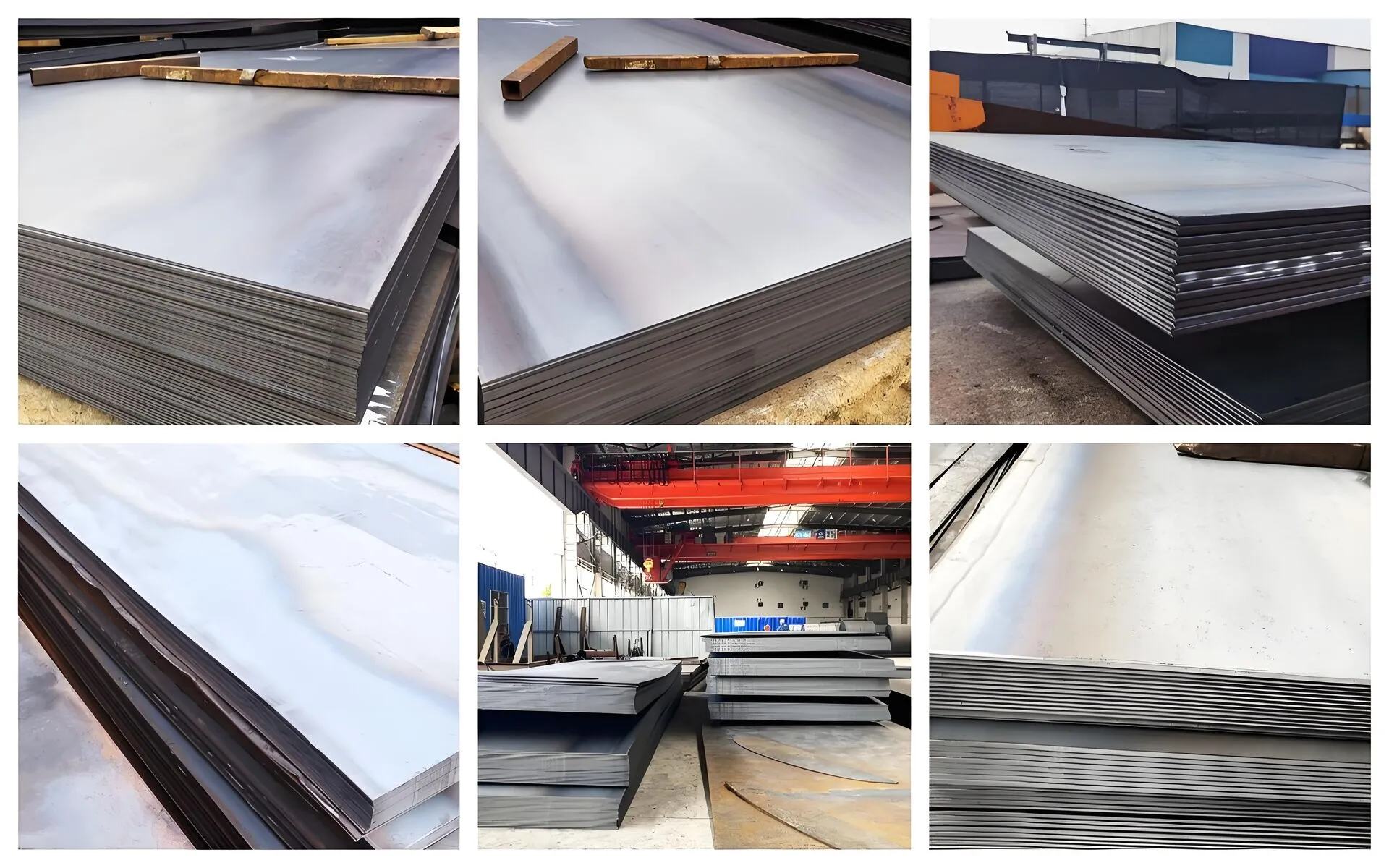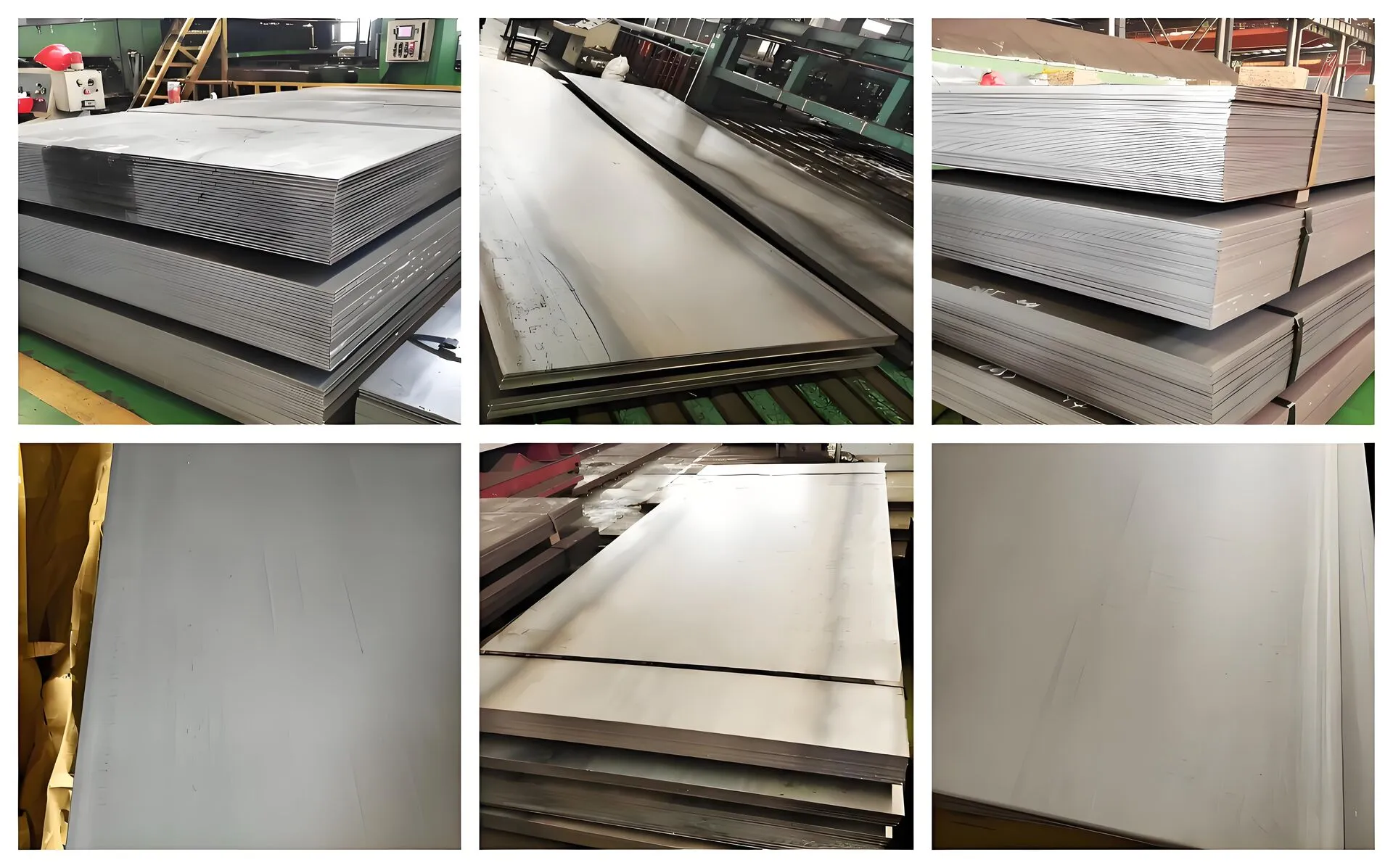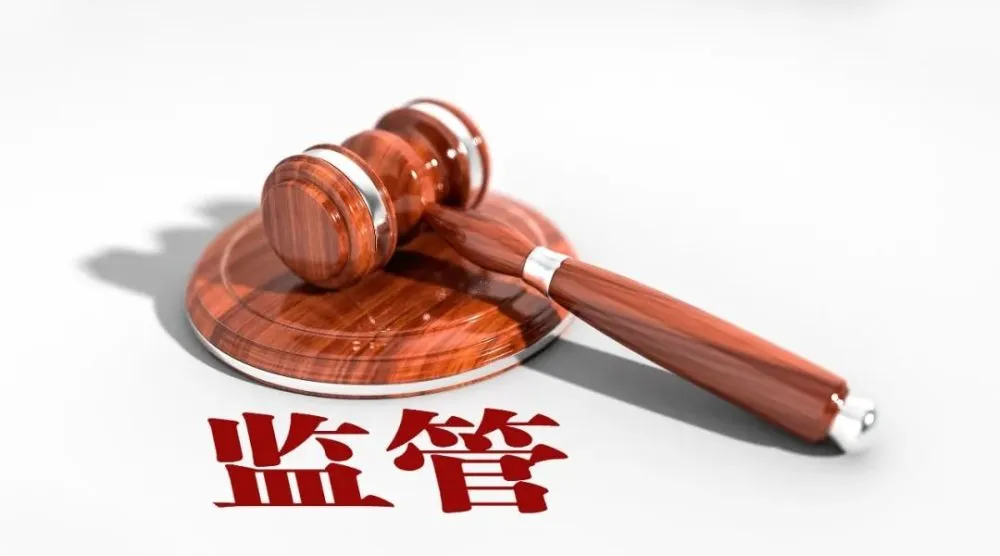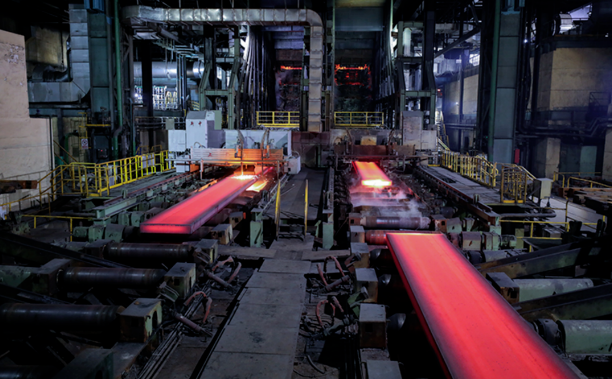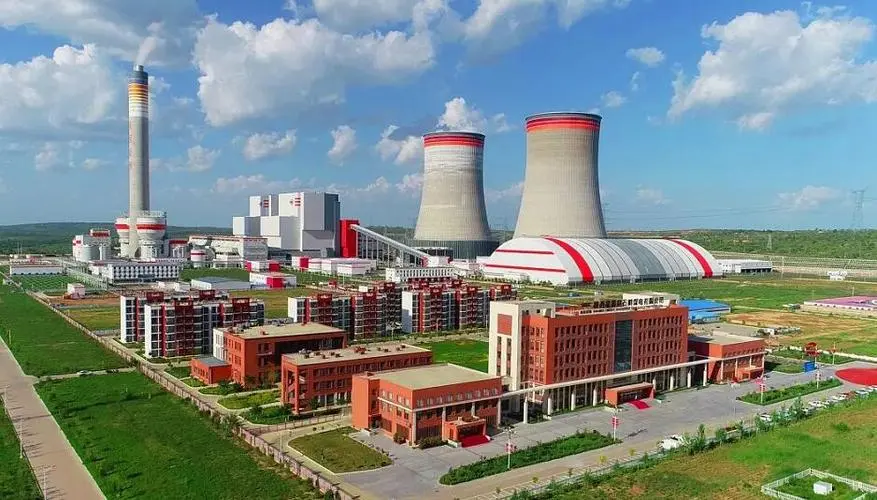
PRODUCT CENTER
CONTACT US
If you are interested in cooperation, please contact us immediately, we will give you feedback as soon as possible!
Carbon steel plate
![]() Whatsapp : +8613176258356
Whatsapp : +8613176258356
![]() Email : [email protected]
Email : [email protected]
Product details:
| Grade | A36 1020 1045 S235 S275 S355 Q235B |
|---|---|
| Tolerance | ±1% |
| Place of Origin | Jiangsu, China |
| Type | Hot Rolled Steel Sheet |
| Delivery Time | 7 Days |
| Standard | AiSi, ASTM, bs, DIN, GB, JIS |
| Type | Steel Plate |
| Technique | Hot Rolled |
| Surface Treatment | Smooth or as required |
| Application | Engineering, machinery and architecture |
| Width | 500-2500mm |
| Length | 1000-17000mm or in rolls |
| Processing Service | Bending, Welding, Decoiling, Cutting, Punching |
| Product Name | A36 hot rolled mild steel plates hr material |
| Keyword | Carbon Plate and coil |
| Packing | Standard Seaworthy Packaging |
| Price term | EXW FOB CFR CIF |
| Certificate | MTC,ISO 9001 |
| Payment term | 30%T/T Advance + 70% Balance |
| MOQ | 1 Ton / 1000 Kg |
| Quality | High Quality.Third Party Inspection |
| Tolerance | +/- 0.2mm |
| Edge | Slit Edge |
| Selling Units | Single item |
| Single package size | 20X20X5 cm |
| Single gross weight | 2.000 kg |
Physical and chemical properties:
1. Physical properties:
(1) Appearance and color:
Carbon steel plates are generally silver gray or black, and the surface may have different roughness due to different processing techniques. If they are finely polished, the surface will be smoother; if they are hot-rolled, the surface will be relatively rough.
(2) Strength and hardness:
It has high strength and hardness, and its tensile strength, yield strength, and other indicators vary depending on the steel grade and heat treatment state. For example, the tensile strength of ordinary carbon structural steel is generally between 370 and 500 MPa, which can withstand large external forces and is suitable for structural parts that withstand pressure or tension.
(3) Toughness and ductility:
Toughness is good, and it will not break easily when impacted. At the same time, it also has certain ductility, capable of changing shape through rolling, forging and other processes, but compared to non-ferrous metals, its ductility is relatively poor.
(4) Thermal and electrical conductivity:
It is a good conductor of heat and electricity. This property allows carbon steel plates to play a certain role in some applications that require heat dissipation or conduction, but they are not mainly used for these two properties.
(5) Melting point and thermal expansion coefficient:
The melting point is higher, generally between 1370 and 1530 ° C. The thermal expansion coefficient is relatively small, and the dimensional change is more stable when the temperature changes, which has advantages in some application scenarios that require high dimensional accuracy.
2. Chemical properties:
Reaction with chemicals:
Carbon steel plates can react with many chemicals. For example, when it comes into contact with a copper sulfate solution, a displacement reaction occurs, and iron replaces copper to form ferrous sulfate and copper. This reaction is used in some chemical experiments and industrial production.
